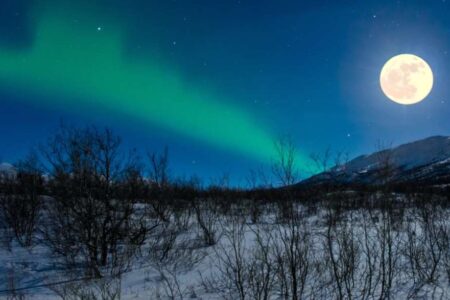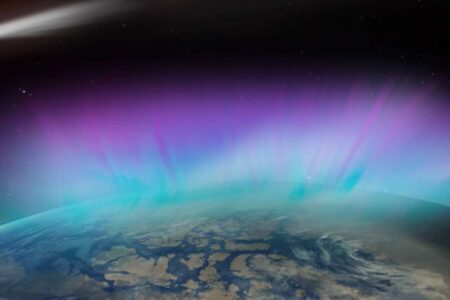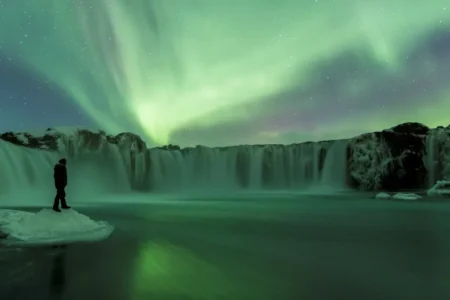The equinox is the time or date (twice each year) at which the sun crosses the celestial equator and when day and night are of equal length. This date is about the 21st March (Spring Equinox) and 23rd September (Autumn Equinox).

During the equinox there is generally periods of high geomagnetic electrical disturbance and during these periods the earth’s axial tilt aligns us at the peak angle relative to the sun to “accept” sun particles, and therefore see the Northern Lights.
The “Russell-McPherron” hypothesis explains this in much more scientific language but basically the high geomagnetic electrical disturbance (up to twice as many geomagnetic storms), combined with the tilt of the earth’s axis at that time mean the sun and earth’s geomagnetic field and solar winds all come into alignment and therefore encourage an enhanced chance of the particles emitted from the sun entering our atmosphere.
As we have seen from the article what creates the Northern Lights these particles entering our atmosphere are the trigger for the Aurora Borealis. (CT Russell and R L McPherron UCLAS institute of Geophysics and Planetary Physics)
Therefore during the two equinoxes Northern Lights activity tends to be much more intense and the alignment of electrical pathways will give a greater chance of seeing the aurora.
Of course the added bonus is that in the autumn and spring the temperature is warmer making the Northern Lights viewing more comfortable, though the longer daylight hours mean you will have to stay up later to see them – especially in September.
So now take a look at our autumn Northern Lights Holidays in Sweden and Iceland to help you decide which Autumn Northern Lights break you wish to go on.



